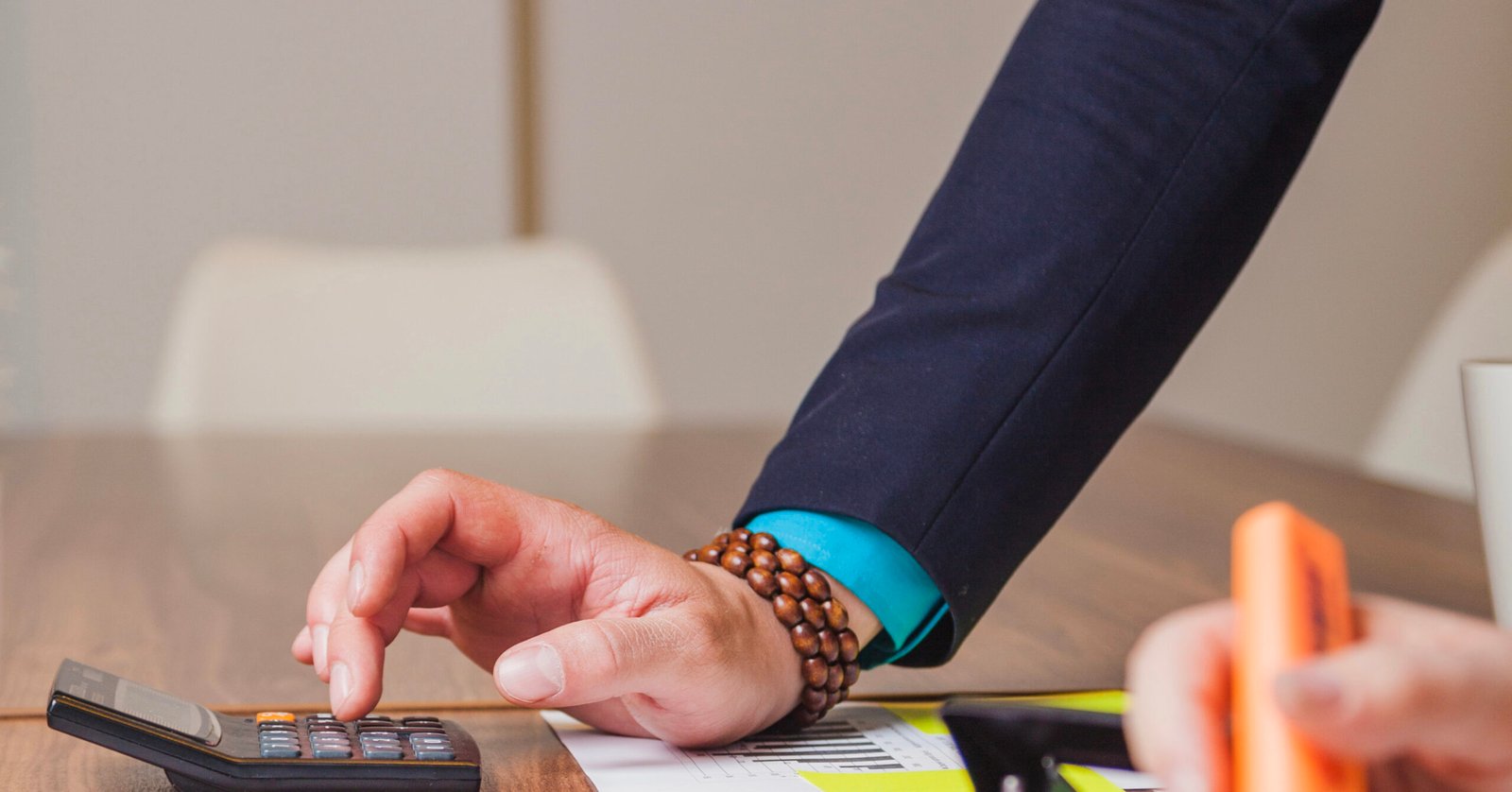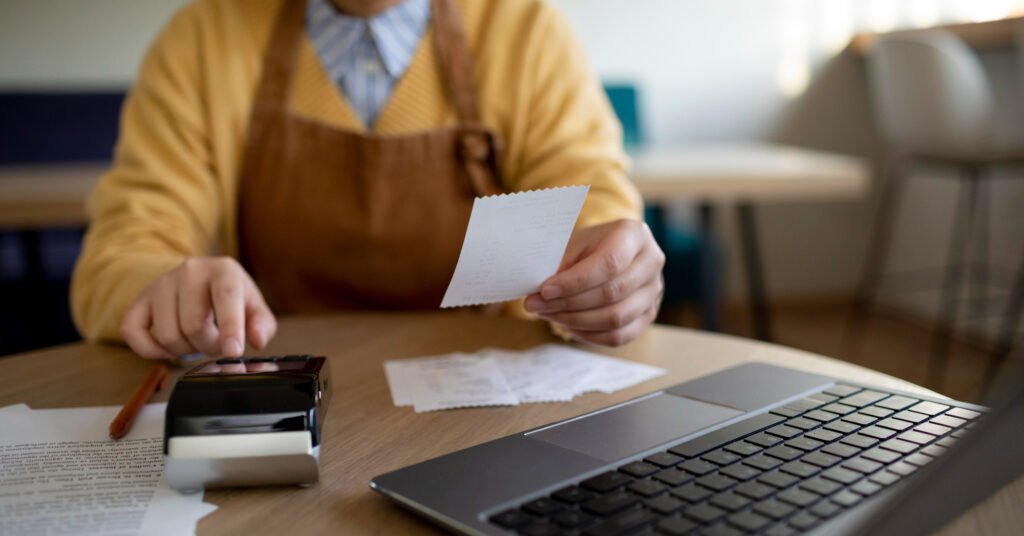Reverse charge VAT explained
Introduction
Reverse charge VAT is a cornerstone of the European Union's approach to simplify cross-border B2B transactions and reduce VAT fraud. For entrepreneurs, understanding ''reverse charge'' is critical to ensure compliance, avoid costly mistakes, and streamline operations across member states.

What is reverse charge VAT in the EU?
Reverse charge VAT allows the buyer to account for VAT instead of the supplier. This typically applies in intra-EU B2B transactions, as well as in certain high-risk domestic sectors. Instead of charging VAT, the supplier issues a VAT-free invoice, and the buyer self-assesses VAT at the domestic rate.
When does reverse charge apply?
1. Intra‑EU B2B supplies
If both buyer and seller are VAT-registered in different EU countries, a reverse charge applies.
2. Domestic reverse charge (sector-specific)
Certain EU member states apply reverse charge domestically for high-risk sectors like construction, IT hardware, and carbon credits.
3. Triangular transactions
When three VAT-registered businesses are involved in separate EU countries, reverse charge may apply to simplify VAT processes.
4. Import of services and goods
Non-EU suppliers providing services or supplying goods to EU customers also trigger reverse charge obligations on the buyer.
How do I correctly invoice under reverse charge?
- Do not charge VAT on the invoice
- Include both parties' VAT numbers
- State: "Reverse charge - Article 196 of Directive 2006/112/EC applies"
VAT accounting under reverse charge
- Buyer calculates VAT at the applicable national rate
- Declares it as both input and output VAT
- The net effect is neutral unless the buyer is partially exempt
Compliance risks and common mistakes
- Missing or incorrect reverse charge reference
- Omitting buyer's VAT number on invoices
- Incorrect classification of supply
- Inaccurate VAT return reporting
Compliance tips:
- Use automated accounting software
- Validate VAT numbers via VIES
- Consult with EU VAT professionals
Cash flow and financial impact
While reverse charge is typically VAT-neutral, delays in reclaiming VAT can create temporary cash flow gaps, especially for partially exempt businesses.
Upcoming EU VAT reforms
The ViDA initiative (VAT in the Digital Age) will soon introduce real-time reporting and mandatory e‑invoicing across the EU. Businesses must adapt reverse charge procedures accordingly.
FAQs
How does reverse charge VAT affect my accounting?
Answer: It cancels out for most businesses unless you can't reclaim full input VAT.
What is reverse charge VAT in simple terms?
Answer: It's when the buyer, not the seller, reports VAT to tax authorities.
What is reverse charge VAT in the EU?
Answer: It's where the buyer reports and pays VAT, not the supplier—mainly used in B2B cross-border transactions.
Does reverse charge apply to all EU countries?
Answer: Yes, but rules and sectors may differ slightly depending on national law.
What must I include on a reverse charge invoice?
Answer: The buyer's VAT number and a statement referencing Article 196 of Directive 2006/112/EC, along with other mandatory requisites of a VAT invoice, as regulated in the local VAT legislation.
What happens if I get it wrong?
Answer: You could face audits, penalties, and required VAT return corrections.
Can reverse charge affect VAT refunds?
Answer: Yes, especially for partially exempt businesses or those with complex VAT profiles.
Have a question?
Get in touch!
Baltic Assist provides a comprehensive outsourcing solutions that saves costs, enhances efficiency, and strategic decision-making for your business.



